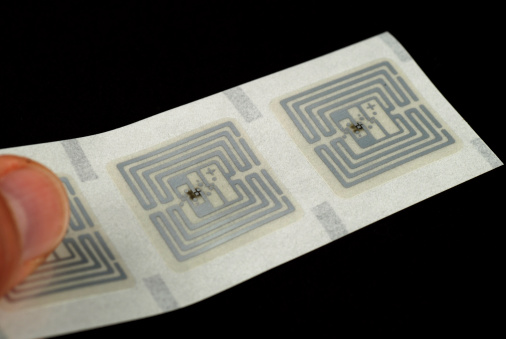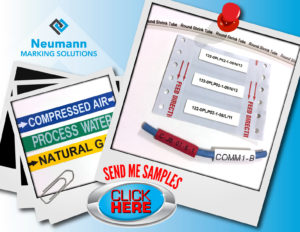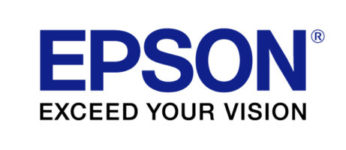As a supplier of identification products to heavy industry, we are always looking for new ways of doing things. One tracking system is becoming more widespread. The hospitality industry has seen the benefit of using Radio Frequency Identification (RFID) to eliminate cash transactions, make purchases for food and beverage, gifts shops. Heavy industry is also gaining traction with RFID in tracking parts, inventory, tools and work in progress.

gettyimages/albin
RFID stands for Radio Frequency Identification, an automatic identification technology that uses radio waves to transfer digital information between a tag and a reader. This is not new technology, RFID was created to identify aircraft in WWII.
RFID systems are composed of many common elements, and include tags (also known as transponders), readers, antennas and application software.
All RFID systems transmit digital data between a reader and transponder via radio waves.
Passive RFID systems, which are a combination of microchip and antenna, receives and transmits the data only when coupled with a reader and antenna, usually within 12 cm or less. The reader is controlled by a host computer and determines the appropriate read or write operation.
Active RFID systems use transponders with an on-board battery to boost the effective operating range of the tag and are often used for real time location systems and storage.
RFID will not replace barcodes, but RFID has some specific advantages.
- RFID does not require line of sight to communicate. Harsh, aggressive or dirty environments do not hinder the communication.
- RFID is a dynamic data carrier. Many RFID devices are read and write capable, which enables updates to the encoded data in the tag. Changes to a barcode requires a new barcode.
- RFID provides increased security over barcodes which are easily copied and duplicated.
RFID has spread to a wide variety of applications we now take for granted. Automatic toll payments, supply chain management, animal identification, library inventory, cashless payments, transit ticketing, brand authentication, access control to name the most common.









 Help Desk Service – Contact us Between the Hours of 7:30 – 4:00 (MST)
Help Desk Service – Contact us Between the Hours of 7:30 – 4:00 (MST)